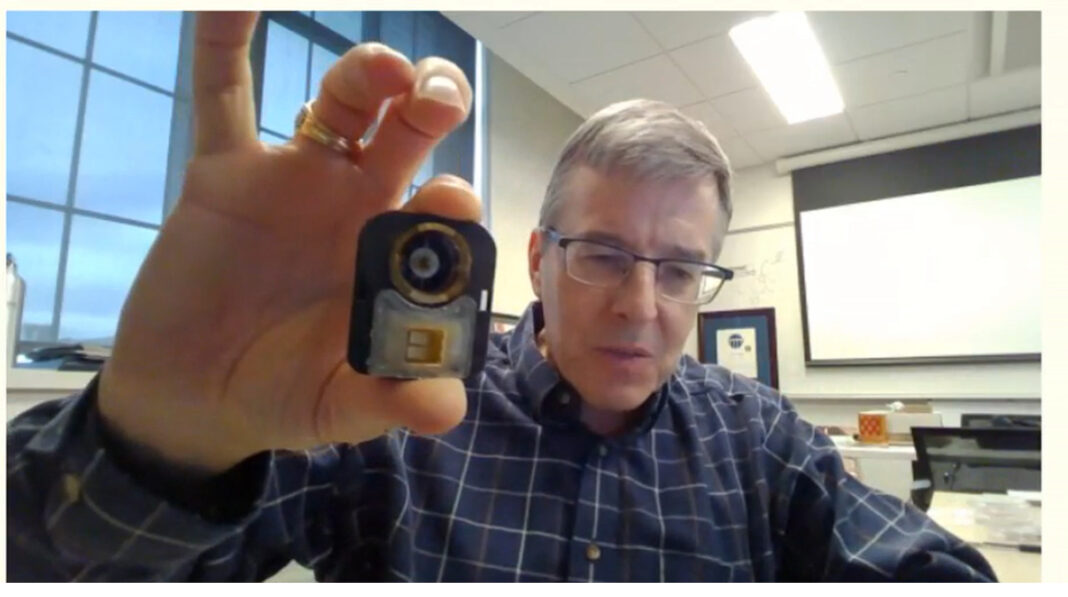Nimesulide Regulatory Status Worldwide
Nimesulide is a non-steroidal anti-inflammatory drug (NSAID) with analgesic and antipyretic use. It has a well-documented risk of serious liver toxicity drugs.comncbi.nlm.nih.gov. As a result, its approval and use vary widely. Below is the summary of where nimesulide is banned, allowed by prescription, or OTC, and note key regulatory warnings and restrictions in major regions. Wherever possible, we cite official or authoritative sources (drug agencies, WHO, pharmacovigilance reports, news).
United States
- Status: Not approved (not marketed). The FDA has never approved nimesulide for any indication en.wikipedia.org. In the U.S. it is essentially “banned” by non‐approval due to concerns about severe liver injury drugs.com. (It has never been filed for FDA evaluation and is not available in any form en.wikipedia.org.)
- Availability: None. No prescription or OTC sales are legal in the U.S. drugs.com.
- Warnings/Restrictions: The FDA has explicitly cited the risk of acute liver toxicity as the reason for non-approval drugs.com. FDA drug safety communications about NSAIDs in general emphasize hepatotoxic risks, but for nimesulide specifically the message is simply: it is not approved in the U.S. due to safety concerns.
European Union (EU)
- Status: Mixed – authorized in some countries, withdrawn in others. After extensive review, the European Medicines Agency (EMA) found nimesulide’s benefit–risk acceptable for short-term use drugs.com. It is authorized (prescription-only) in several Member States (notably Austria, Belgium, Finland, France, Greece, Ireland, Italy, Luxembourg, Portugal, and Spain) drugs.com. However, other EU countries withdrew or never authorized it. For example, Spain, Finland, Belgium and Ireland had withdrawn nimesulide from the market en.wikipedia.org. (Norway and Switzerland are outside the EU but also withdrew it in the past.) The United Kingdom banned nimesulide in 1985 for safety reasons (so it is not available there).
- Availability: Prescription only (where authorized). In EU countries that allow it, nimesulide is only available with a doctor’s prescription drugs.com. Packs are limited to a 15-day supply, reflecting EMA guidance that treatment should be “limited to the shortest possible duration” (generally ≤15 days) drugs.comncbi.nlm.nih.gov. It is explicitly not to be used for chronic osteoarthritis or other long-term pain drugs.com.
- Banned/Withdrawn: Countries that have banned or withdrawn nimesulide include Mexico, Spain, Finland, Belgium, and Ireland en.wikipedia.org. (Several “withdrawn” cases in the EU occurred in the early 2000s due to liver cases en.wikipedia.orgpmc.ncbi.nlm.nih.gov.) Sweden and Denmark also removed it; the EMA notes that in some Member States nimesulide use was restricted to second-line before the EU review drugs.com.
- Warnings/Restrictions: The EMA/CHMP/PRAC review (2012) permits nimesulide only for short-term acute pain or primary dysmenorrhea drugs.com. Labels in Europe carry warnings about hepatotoxicity and limit use to 15 days drugs.com. The European Commission endorsed these restrictions and added that nimesulide be a second-line analgesic (after safer NSAIDs) drugs.com. In summary, EU regulators allow nimesulide under strict conditions (limited dose, duration, and indication) drugs.com.
India
- Status: Approved for adult use (prescription); banned for children and animals. In India, nimesulide has been widely used for acute pain and fever in adults en.wikipedia.org. It is officially prescription-only (not OTC), and commonly sold in 100 mg tablets/sachets.
- Pediatric Ban (2011): All oral nimesulide formulations for children under 12 years were banned in 2011 drugscontrol.org. This was due to reports of hepatotoxicity and regulatory advisories. The PVPI/CSDCO notification (GSR 82(E) of 2011) prohibits nimesulide in children <12 drugscontrol.org.
- Veterinary Ban (2024): On Dec 30, 2024 India banned all use of nimesulide in animals pharmabiz.com. The ban (citing vulture-toxic risk) makes manufacturing and sale of veterinary nimesulide illegal nationwide. CDSCO has directed state regulators to enforce this ban and warned that alternative drugs are safer pharmabiz.com.
- ICMR/DTAB Actions (2024–25): In early 2024, India’s Drugs Technical Advisory Board (DTAB) recommended banning all nimesulide (adult and veterinary) and asked the ICMR to study its human effects. The ICMR (Apr 2025) advised banning formulations above 100 mg and adding a mandatory “black box” hepatotoxicity warning on labels drugscontrol.org. These are under government consideration.
- Availability: Nimesulide is prescription-only in India. It is not an OTC drug (even though it is widely used); dispensing requires a doctor’s prescription. It is available as tablets (100 mg), granules, and other forms, but never for children under 12.
- Warnings/Restrictions: Indian labelling advises short-term use and cautions about liver risk. The Pediatric ban and 2024 vet ban are the most significant regulatory actions drugscontrol.orgpharmabiz.com. For adults, no outright ban currently exists (as of 2025), but the government and courts are actively debating it due to safety reports.
Southeast Asia (Thailand, Philippines, Indonesia, etc.)
- Thailand: Nimesulide is authorized in Thailand. It is prescribed for acute pain (often in 100 mg tablets). Use is controlled: a doctor’s prescription is required and the pharmacy keeps the prescription on file (per Thai FDA rules) drugs.com. (Thailand was among the “more than 50 countries” marketing nimesulide (en.wikipedia.org.)
- Philippines: Certain nimesulide products are registered. For example, a 2% topical gel (“Nidolid” by Polipharm) is FDA‐approved as a prescription drug verification.fda.gov.ph. By law it is classified as Rx only. The Philippine FDA has issued advisories warning the public about unregistered nimesulide products (e.g. granules not on market) fda.gov.phverification.fda.gov.ph. Thus only approved formulations (mostly topical or combo products) are legal, and all require prescription.
- Indonesia (and others): Nimesulide is available in some ASEAN countries. In Indonesia it is marketed as an acute pain reliever (often noted to be a second-line agent, with usage guidelines like “no more than 15 days” similar to EMA) – see Indonesia’s MIMS (medication formulary) listing. Available forms include tablets (100 mg) and topical preparations. It is prescription-only in Indonesia. (Exact details of bans are not widely reported, implying it is not banned.)
- General: Across Southeast Asia, nimesulide is generally not OTC. It is used in countries like Thailand, Vietnam, Malaysia, etc., always as a prescription NSAID. Health authorities in some ASEAN nations warn against overuse due to liver risk, aligning with EMA-style precautions (limit to short-term use).
- Warnings: No major ASEAN-wide bans on human use are known, but regulatory bodies stress careful monitoring. Thailand’s FDA and others require pharmacists to record prescriptions. There have been safety advisories (e.g. in the Philippines) about counterfeit or unregistered nimesulide.
Latin America (Brazil, Mexico, Argentina, etc.)
- Brazil: Nimesulide is widely used (brand example: Eskaflam). It is approved by ANVISA and sold by prescription. Brazilian label follows international practice: limited to acute pain, short courses. There are no current bans in Brazil.
- Mexico: Historically withdrawn. Mexico’s regulatory history is conflicted: some sources say nimesulide was withdrawn there due to safety en.wikipedia.org, while older accounts list it among marketed drugs. As of 2025, nimesulide products are generally not available in the Mexican market (no COFEPRIS authorizations are found). (This reflects a safety-driven withdrawal.)
- Argentina: Approved in 1986 ncbi.nlm.nih.gov and available by prescription. Argentinean agencies continue to allow nimesulide for approved uses. Its use is monitored for hepatotoxicity (past reports in Argentina noted some liver injury ncbi.nlm.nih.gov).
- Other LATAM: Nimesulide is also approved in several Latin American countries. For example, it is available in Ecuador, Colombia, Peru, Venezuela and others as a prescription analgesic. No major LATAM country other than Mexico has officially banned it. In general, these countries carry warnings about liver risk on labels (similar to those in the EU).
Special Warnings and Restrictions by Health Authorities
- EMA (EU): The EMA’s review (2012) restricted nimesulide use to 15 days and second-line for acute pain/dysmenorrhea drugs.com. It prohibits use in osteoarthritis. The EMA label and patient information must warn of serious liver injury risk. Member States’ regulators routinely reiterate these limits.
- FDA (USA): As noted, FDA has not approved nimesulide. The agency highlights that it is never marketed in the U.S. due to its hepatotoxicity drugs.com. (FDA’s LiverTox compendium also notes the risk.) There is no FDA safety communication on nimesulide specifically since it never reached the U.S. market, but general NSAID warnings apply to similar drugs.
- CDSCO (India): India’s Drug Controller issued official bans for children and animals drugscontrol.orgpharmabiz.com. Additionally, India’s Drug Technical Advisory Board and ICMR have called for stronger warnings (e.g. black-box label for >100 mg formulations) drugscontrol.org. Indian labels now carry hepatic and hematological warnings, and the drug is only for short-term use.
- WHO: The World Health Organization has not listed nimesulide on its Model List of Essential Medicines (reflecting safety concerns). WHO guidance on fever recommends safer alternatives (paracetamol/ibuprofen) first hindustantimes.com. WHO’s pharmacovigilance database and publications have repeatedly noted cases of acute liver failure from nimesulide worldwide.
- Other Agencies: Many countries’ medicine agencies (e.g. Health Canada, MHRA UK, TGA Australia, PMDA Japan) have either never approved nimesulide or have withdrawn it. They often cite international safety reviews. For example, Health Canada explicitly notes nimesulide is not sold in Canada. MHRA (UK) removed it in 1985. ANVISA (Brazil) continues to allow it with a warning label.
Summary: Nimesulide’s global status reflects its safety profile: it is banned or not approved in the U.S., Canada, Australia/New Zealand, Japan, UK, and some EU countries en.wikipedia.orgen.wikipedia.org. In regions where it is allowed (parts of the EU, India, Brazil, etc.), it is strictly prescription-only and subject to strong restrictions (short duration, limited daily dose, pediatric ban) drugs.comdrugscontrol.org. Health authorities emphasize that nimesulide should be a second-line, short-term analgesic due to the risk of serious liver injury drugs.comdrugs.com. Recent regulatory actions (e.g. India’s vet ban and ICMR advisory) show that scrutiny continues even in countries where it remains available.
Sources: Regulatory agency websites (FDA, EMA/EC, CDSCO), official gazettes, peer-reviewed pharmacovigilance reviews, WHO communications, and reputable pharma news articles. Citations throughout (e.g. FDA drugs.com, EMA referral summary, CDSCO notices, LiverTox

A MedicinManAI Feature






